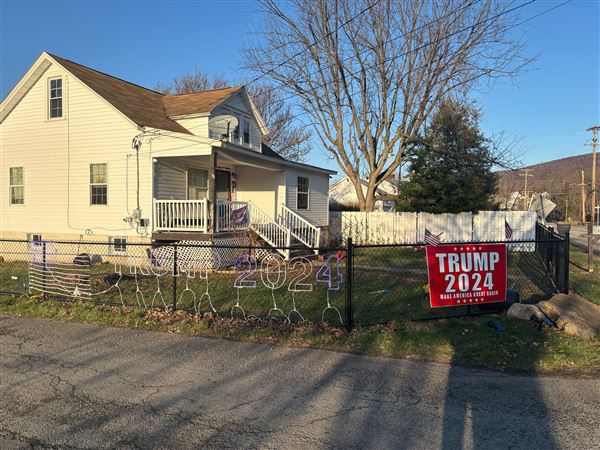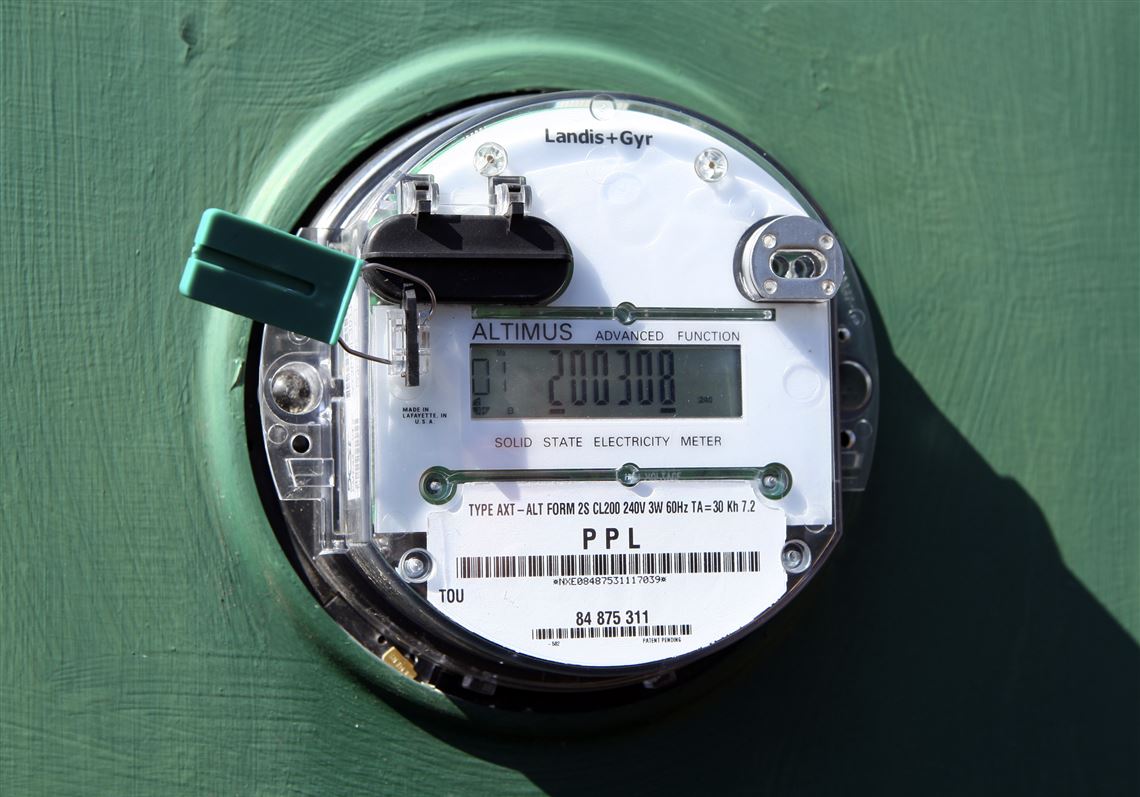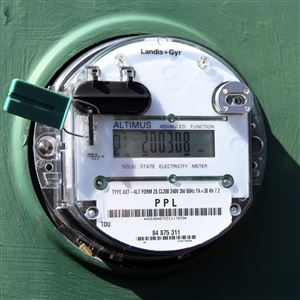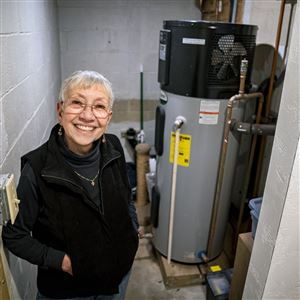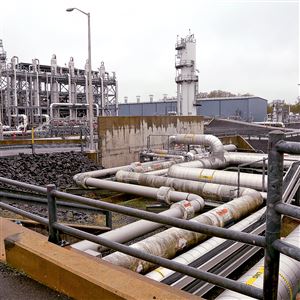The price of energy for Pennsylvania utility customers is likely to rise again this winter, riding the general inflation trend and, more specifically, the steep increase in the price of natural gas.
This impacts both gas utility customers and electric customers, because the grid that supplies electrons to Pennsylvania draws the most power from natural gas powerplants.
And natural gas is on a roll.
Over the past two years, near-term futures contracts rose from $2.28 per million British thermal units of gas in September 2020, to $5.12 in September 2021, and again to $7.76 last month.
The cost of fuel is just one portion of a customer’s utility bill. Over the past decade and a half — as a flood of natural gas extracted from shale drove down the cost of the commodity — the commodity portion of rate payers’ bills got smaller. Now, with recent increases in the price of gas, it becomes a larger chunk.
Utilities, and their regulators at the Pennsylvania Public Utility Commission, urge customers that the time to seek assistance with paying bills or to shop around for cheaper energy is now.
“Public utilities are the first and most direct mechanisms to link struggling households facing past-due balances with much-needed assistance and affordability options,” the PUC wrote last month when many electric utilities adjusted their commodity charges, known as the “price to compare.” This portion of a customer’s bill doesn’t include transmission and distribution charges.
“Utilities understand the assistance programs available in their communities for income-qualified consumers — including utility-run Customer Assistance Programs, national programs like the Low-Income Home Energy Assistance Program (LIHEAP) and the Emergency Rental Assistance Program, and various hardship fund programs operated by utilities and nonprofit organizations,” the PUC said.
Bills on the rise
Utilities don’t make a profit from the power they supply — they simply pass the cost onto the consumer. (They get a return on other parts of the bill, such as the customer charge and distribution charges, which are approved by the PUC in lengthy litigation cases.) The cost of fuel, however, changes more frequently — often in quarterly adjustments. So when commodity prices increase, it’s likely that bills will rise as well.
On Oct. 1, Peoples Natural Gas changed its “price to compare” to $8.13 per thousand cubic feet of gas. That’s actually a decrease from the prior quarter when the “price to compare” was $8.71 for residential customers.
But a year ago, Peoples’ “price to compare” was $4.35. Two years ago, it was $2.35.
Columbia Gas of Pennsylvania’s current “price to compare” is $7.73 per mcf, up from $3.88 at this time last year.
This follows a national trend.
The federal Energy Information Administration recently calculated that residents paid more last year for natural gas than at any time since 2014.
Some electric utilities, including West Penn Power, adjusted their numbers on Sept. 1 and will do so again on Dec. 1.
West Penn’s “price to compare” shot up to 8.2 cents per kilowatt-hour in June, up from 5.7 cents during the prior quarter. It’s now 8.3 cents.
Duquesne Light, which adjusts its “price to compare” twice a year instead of quarterly, expects to raise the generation charge to 11.25 cents on Dec. 1, although that’s still subject to change. Its current price to compare is 9.4 cents, up from 7 cents during this time last year.
How to get help
“Many households may qualify for programs and not even realize it,” said Lee Gierczynski, a spokesman for Columbia Gas of Pennsylvania.
Each gas and electric utility has an approved customer assistance program, where those who are struggling can get relief on their bills. A utility may offer to reduce the monthly obligations for eligible low-income customers, and/or forgive all or a portion of outstanding debt.
Utilities also pay into outside programs, like the Dollar Energy Fund, which gives one-time grants up to $500 to help with paying utility bills. The federal Low Income Home Energy Assistance Program (LIHEAP) also gives grants for energy bills, weatherization and some energy-related home repairs.
Most utilities also have a list of tips on how to conserve energy.
Customers can shop around for a cheaper supply of natural gas and electricity, by comparing their utility’s default price to offers from competitive suppliers on www.papowerswitch.com and www.pagasswitch.com.
Those websites, maintained by the PUC, let users filter by the duration of a contract being offered, as well as fees, such as for early cancellation, and clean energy options where available. Pay attention to whether the price offered is fixed or variable. The latter will fluctuate with the market.
Here is how to reach assistance hotlines for utilities serving southwestern Pennsylvania:
Columbia Gas: 888-460-4332.
Peoples Natural Gas: 800-400-9276.
Duquesne Light: 888-393-7600.
West Penn Power: 800-686-0021.
Post-Gazette business news desk: business@post-gazette.com
First Published: October 17, 2022, 10:00 a.m.
Updated: October 17, 2022, 1:01 p.m.
